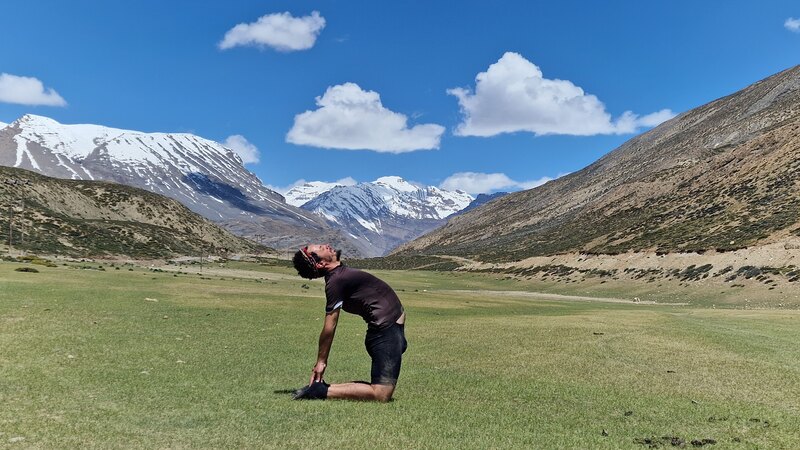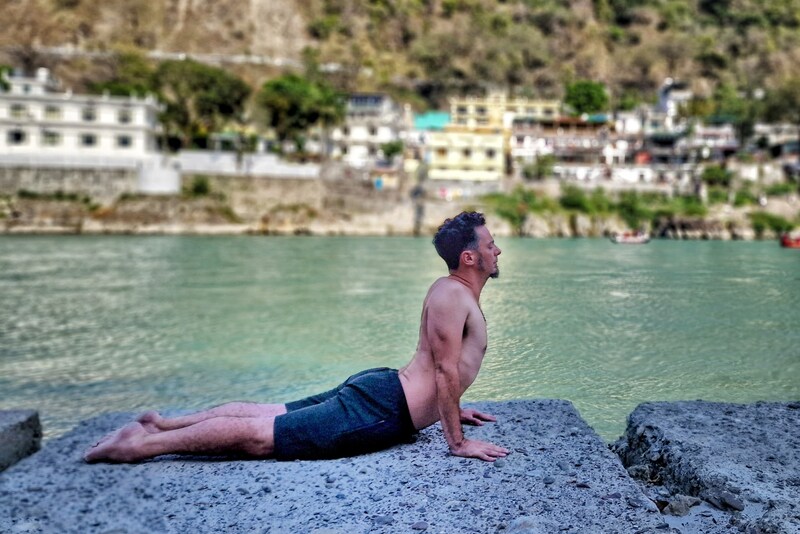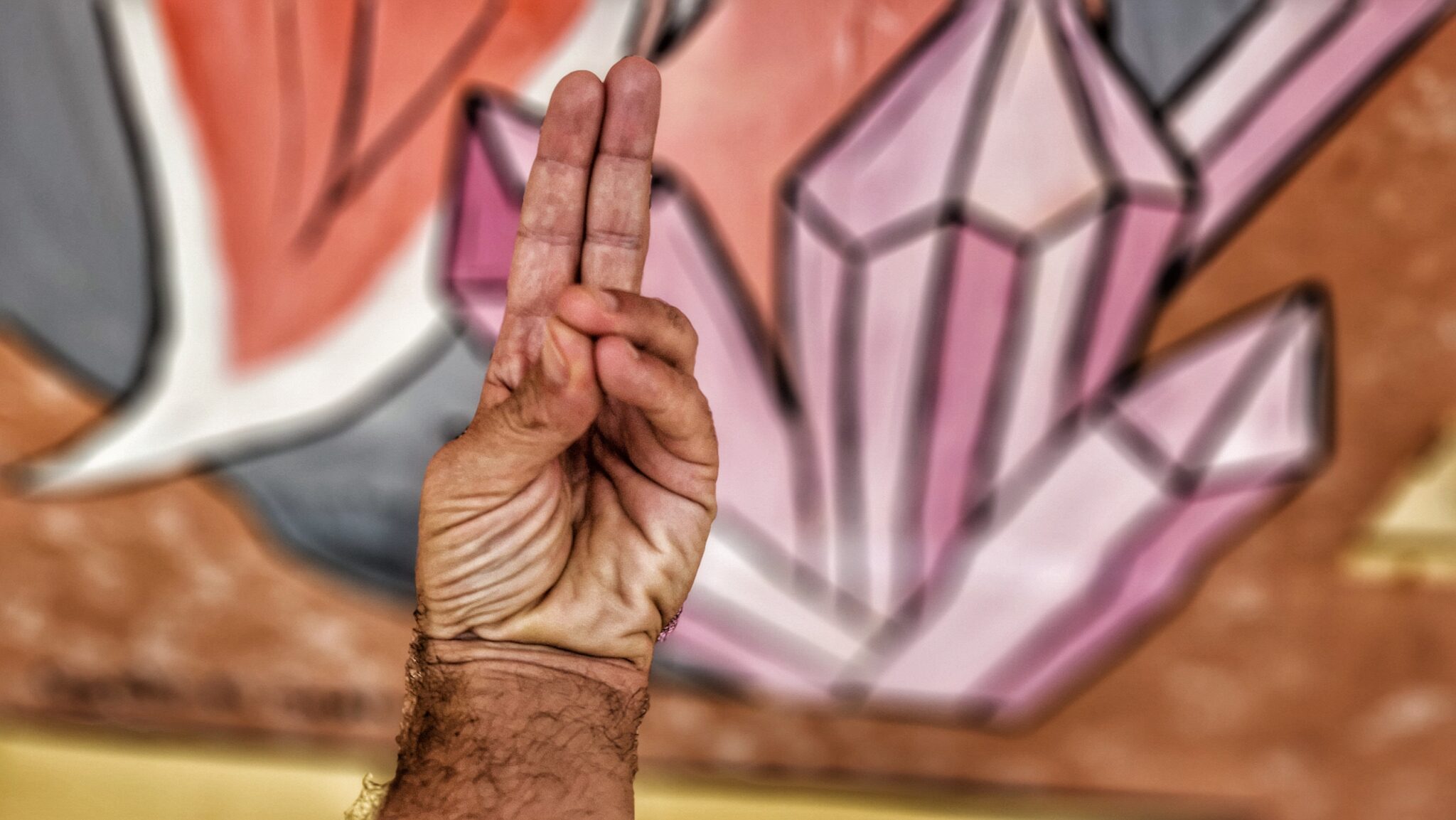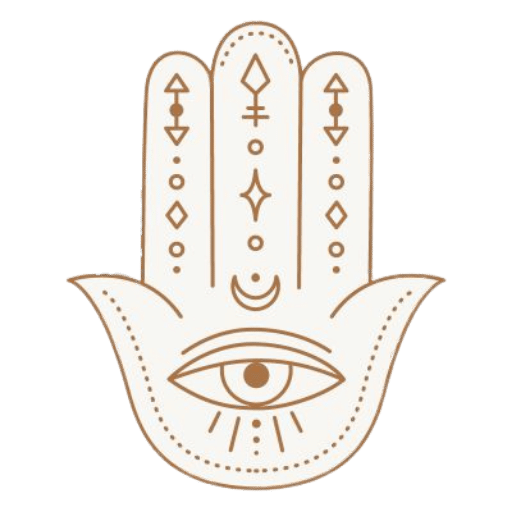
Explore Prana Vayu Mudra, the essence of life’s vital force in yoga and Ayurveda. Dive into its significance, benefits, and connection with heart-focused yoga poses.
On your journey into yoga and Ayurveda, you will quickly discover that the body isn’t merely a physical entity.
Instead, it’s an incredible vessel teeming with energy. Within this framework, “nadis” serve as channels, sending “prana,” or life force to the whole body.
Of the five Vayus, which represent water, earth, ether, air and fire, Prana Vayu is the essence of life itself: air.
Paired with its Prana Vayu Mudra it provides invigoration and rejuvenation to all areas: food, air, senses, and thoughts.
What is Prana Vayu?
Among the group of the five predominant Vayus, Prana Vayu is often described as the main one. Centrally located in the chest region, particularly the heart, it governs the inward and upward movement of energy.
Prana-Vayu translates as “forward-moving air”. This Vayu is the guardian of the respiratory system and the heartbeat, ensuring the intake of fresh prana (breath) and sending it to vitalise the entire body.
The Prana Vayu Mudra is intricately linked to the heart chakra, anchoring the essence of life and fostering the flow of vitality.
When this Vayu is not functioning optimally, the mind struggles with concentration and is plagued by worry. Issues such as breathlessness, low energy, a compromised immune system or anxiety can be attributed to an imbalanced Prana-Vayu.
Udana Vayu Mudra: Releasing the Throat Chakra with Yoga and Mudra
How to Do Prana Vayu Mudra

The Prana Vayu Mudra is intricately linked to the heart chakra, aiming to optimise the air element and enhance vitality, concentration, and overall well-being.
- Find tranquillity in a quiet space, settling yourself comfortably in a meditative posture.
- Softly close your eyes, and concentrate on the rhythm of your breath.
- Lay your hands upon your thighs, with the palms oriented heavenward.
- Join the tip of your thumb and the tip of your little finger and ring finger. Keep the index and middle fingers straight, yet relaxed.
- Maintain your awareness of the energy flow in the body for 15 to 30 minutes, and notice any changes the mudra brings.
The Significance of Fingers in Prana Vayu Mudra
Each finger in a mudra represents one of the five elements of vayu: the little finger symbolises water, the ring finger symbolises earth, the middle finger symbolises space, the index finger symbolises air and the thumb symbolises the element of fire.
Benefits of Practising Prana Vayu Mudra
Energy boost: This mudra amplifies the intake of prana, invigorating the entire body.
Chronic fatigue and debility: Beneficial for those suffering from it.
Calmness and Clarity: The Prana Vayu Mudra helps to sharpen and calm the mind.
Heart and lung Health: With a close association with the heart region, the mudra promotes cardiovascular and respiratory health. The mudra also enhances blood circulation.
Enhancing vision: It is beneficial for the eyes.
Self-confidence: It alleviates mental stress and reduces irritability.
Contraindications of Prana Vayu Mudra
Respiratory Ailments: Those with chronic respiratory issues should seek expert advice before delving deep.
Heart Conditions: Individuals with cardiac concerns should only practice this mudra after consulting their doctor.
Post-Surgery: Recent surgical interventions, especially in the chest region, warrant a period of waiting.
Prana Vayu with Yoga Asanas
Yoga poses that open the heart, such as the bow pose, camel pose, cobra pose, dancer pose, and bridge pose, can invigorate and strengthen Prana-Vayu. To promote the upward movement of Prana Vayu, incorporate inversions and postures that involve raising the arms, like Warrior I, Chair pose, and Mountain pose.
Let’s look at a few in more depth.
Dhanurasana (Bow Pose)

Bow Pose prominently expands and stretches the chest and the thoracic region of the spine. This increased chest expansion allows for a deeper inhalation, enhancing the volume of prana (life force) that is taken in with each breath.
Step 1: Position yourself lying on your stomach, hands resting at your sides with palms turned upwards.
Step 2: Flex your knees and take hold of your ankles with your hands.
Step 3: Push your pubic bone downward while pulling your lower abdomen upwards.
Step 4: As you inhale, push your ankles against your hands, elevating your chest and thighs.
Step 5: Move your shoulder blades downward and closer to one another to broaden your chest.
Step 6: Hold the position for several breaths, directing your breathing towards your chest and rib area.
Step 7: Exhale and let go of your ankles, taking a moment to rest on your stomach and breathe deeply.
Ustrasana (Camel Pose)

Camel pose is beneficial for Prana Vayu due to its heart-opening nature. By stretching the chest, the pose promotes better energy flow and aligns with the upward movement of Prana Vayu, boosting vitality.
Step 1: Start by positioning yourself on your knees, ensuring they’re spaced apart at hip-width. Tuck your toes under.
Step 2: Engage the muscles of your inner thighs and draw your lower belly upward and inward. As you do this, roll your shoulders back for better posture.
Step 3: Inhale deeply, simultaneously extending through both sides of your waist and elevating your chest.
Step 4: With a strong and stable lower body, exhale and gradually lean back into your backbend. Ensure your chest remains lifted, and be careful to avoid straining your neck or compressing your lower back.
Step 5: As you continue to lean backwards, reach and place your hands on the blocks or grasp your heels. If you find it challenging, you can do it one hand at a time by extending one arm upward and then reaching it behind to find the block or heel.
Step 6: Maintain the engagement of your inner thighs. Press the shoulder blades into your back for additional support and stability. Hold this position, taking a few steady breaths.
Step 7: Use the power of your next inhalation to lift yourself back to the starting position. Conclude by sitting back on your heels, taking a moment to realign with a neutral spine.
Bhujangasana (Cobra Pose)

Bhujangasana, or Cobra Pose, prominently expands and stretches the chest, facilitating a deeper inhalation and enhancing the intake of prana. By opening the heart region, it aligns with the upward and inward movement of Prana Vayu, invigorating the body and boosting vitality.
Step 1: Lie on your stomach with your toes pointing straight back. Place hands underneath your shoulders, keeping elbows close to your body.
Step 2: Engage your legs and draw the belly inwards and upwards.
Step 3: On an inhale, lift your chest, rolling the collarbones up. Ensure your shoulder blades firm into your upper back, moving slightly down the spine. Keep the head neutral.
Step 4: Extend your toes, ensuring your heart remains open.
Step 5: Exhale and lower your chest back to the starting position.
Step 6: Repeat the above sequence twice.
Step 7: On the third repetition, use your hands to lift further, elevating your chest fully.
Step 8: Advance the side ribs forward, pull your upper arms backwards, and elongate the neck. Adjust your gaze upwards if it’s comfortable, or maintain a forward gaze for neck comfort.
You can read more about these postures and their contraindications in the book Asana, Pranayama, Mudra and Bandha by Satyananda Saraswati.
Caution Note: Remember to listen to your body, honour its limitations, and seek guidance from a qualified yoga instructor if needed. Yoga teachers can provide appropriate modifications and alternatives to ensure a safe and beneficial practice tailored to your needs.
Conclusion and Integration of Prana Vayu into Daily Life
In the vast tapestry of yoga and Ayurveda, mudras such as Prana Vayu act as beacons, leading us to our inherent energy. Integrate the yoga postures into your practice, do the mudra during a meditation and embrace the mystique and experience of prana – life force.
Also check out :
>Apana Vayu Mudra: What Is It and How Do I Practice It?



